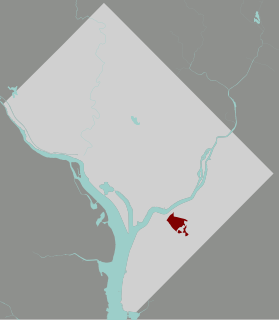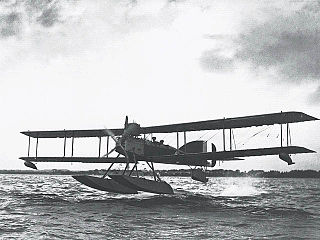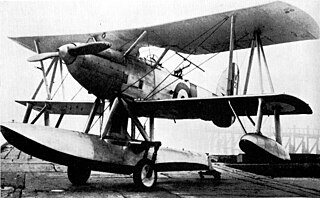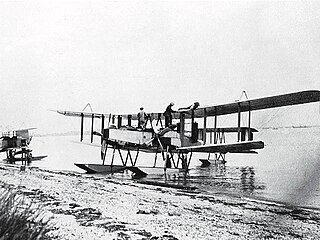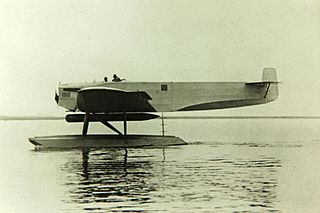| T.II | |
|---|---|
 | |
| Role | Torpedo bomber |
| National origin | Netherlands |
| Manufacturer | Fokker-Flugzeugwerke |
| First flight | 1921 |
| Introduction | 1922 |
| Retired | ca. 1926 |
| Primary user | US Navy |
| Number built | 3 |
The Fokker T.II or T.2 was a single engine floatplane designed in the Netherlands in the early 1920s as a torpedo bomber. Three were bought by the US Navy who tested them against other aircraft from the US and the UK. The T.IIs did not win further production orders but remained in service for several years.

A floatplane is a type of seaplane, with one or more slender pontoons mounted under the fuselage to provide buoyancy. By contrast, a flying boat uses its fuselage for buoyancy. Either type of seaplane may also have landing gear suitable for land, making the vehicle an amphibious aircraft. British usage is to call "floatplanes" "seaplanes" rather than use the term "seaplane" to refer to both floatplanes and flying boats.

The Netherlands is a country located mainly in Northwestern Europe. The European portion of the Netherlands consists of twelve separate provinces that border Germany to the east, Belgium to the south, and the North Sea to the northwest, with maritime borders in the North Sea with Belgium, Germany and the United Kingdom. Together with three island territories in the Caribbean Sea—Bonaire, Sint Eustatius and Saba— it forms a constituent country of the Kingdom of the Netherlands. The official language is Dutch, but a secondary official language in the province of Friesland is West Frisian.

A torpedo bomber is a military aircraft designed primarily to attack ships with aerial torpedoes. Torpedo bombers came into existence just before the First World War almost as soon as aircraft were built that were capable of carrying the weight of a torpedo, and remained an important aircraft type until they were rendered obsolete by anti-ship missiles. They were an important element in many famous Second World War battles, notably the British attack at Taranto and the Japanese attack on Pearl Harbor.






